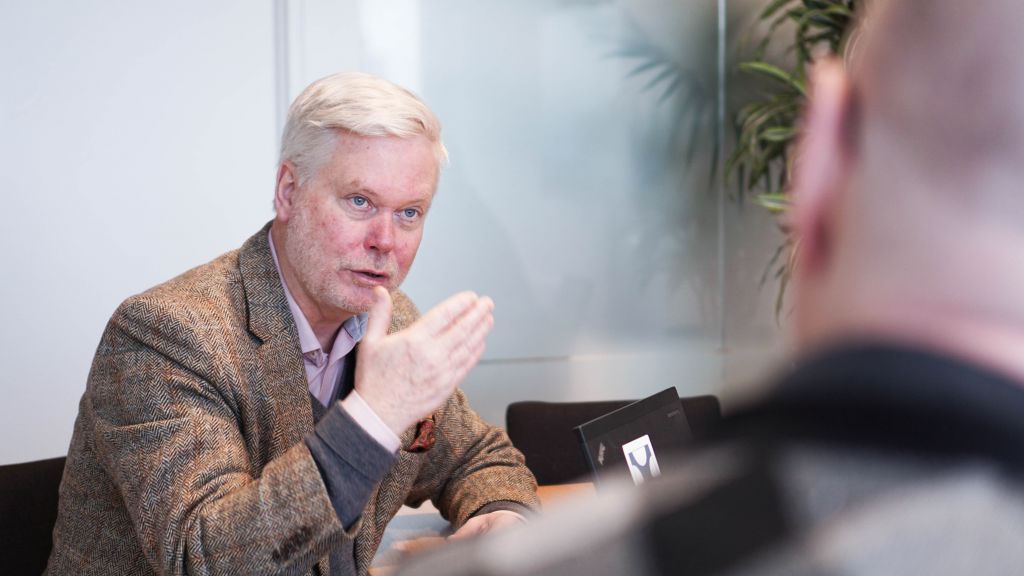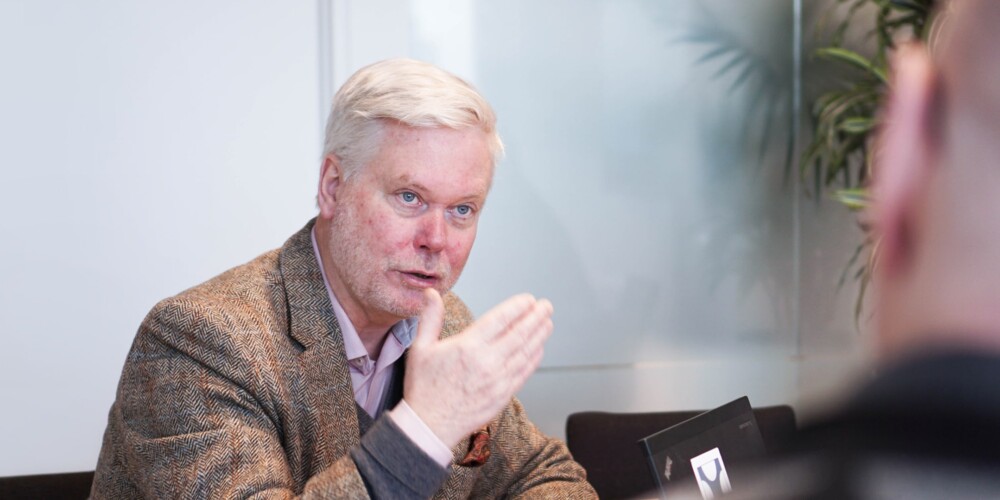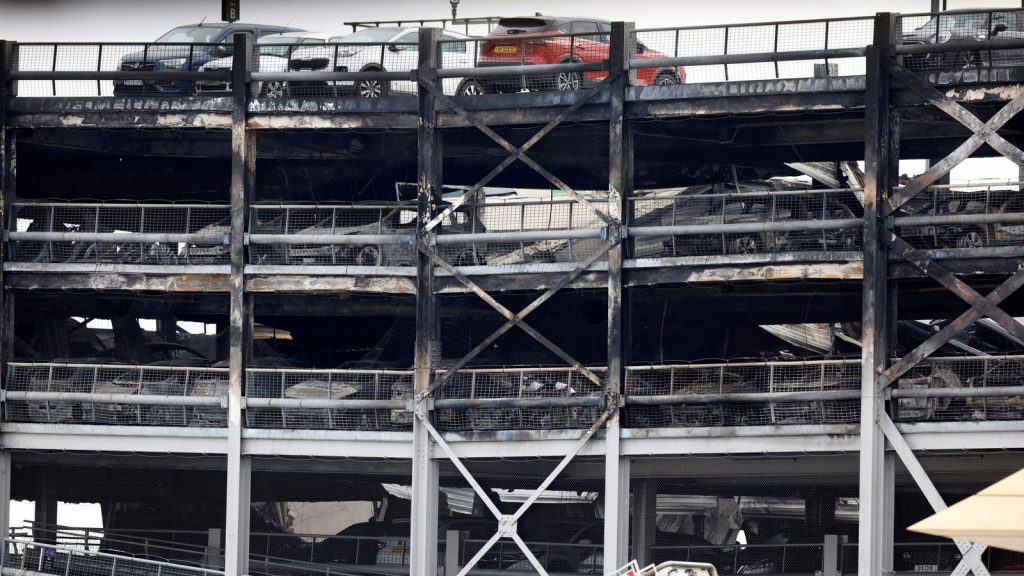Step one – a citywide quick diagnostic review
Step one involves a diagnostic review of a city’s response with its Crisis Management Team (CTM). Focus areas are examined to identify needs, gaps and areas for improvement:
- established or newly created work processes
- organisational structure and resources
- support systems, and
- management culture.
This is done by looking at what is in place, what works, what doesn’t work, what needs changing, and what can be changed short-term. The information is provided in an easy to use report or interactive dashboard for team members and senior decision makers.
“Basically, we want to facilitate quick wins and secure stamina among team members to last the months ahead, through a manageable yet effective structure,” continues Arvidsson. “For example, as part of the quick diagnostic review, the crisis management team must create a prioritised list of achievable actions with dedicated lines of responsibility for specific roles.”
“One city quickly contacted all public employees to find out who had relevant competencies that could be called upon if necessary. Among other things, they discovered a number of former nurses were now working in different roles. In another city, it was decided that, based on the priority list, the initial task force needed to be reshuffled with new capabilities to better manage the current status.”
Step two – in-depth analysis using best practices
Step two typically takes places four to six weeks later. This involves an in-depth analysis of the coronavirus response using crisis management best practices as a benchmark, both from an internal and external perspective.
Again, it focuses on the four areas of processes, organisation, support systems and culture. Over a series of workshops, we analyse what was decided should be done in step one, what was actually done, what wasn’t done and what worked and what didn’t and why. Additionally, short and long-term assumptions are listed, and new activity priority lists are created for the coming six to 12 months, along with the dependencies and interdependencies involved over time.
“At one city this meant collecting and documenting every COVID-19 related city decision taken in the first very hectic and unstructured weeks,” says Arvidsson. “We’re talking about hundreds of decisions taken by hundreds of people. This provides a transparent record, aiding the understanding of what happened and why and helps us plan how we can best move forward. We’re not looking for accountability here, but rather planning for the best possible outcomes.”
“Typically, a city will once again amend its crisis management team structure as well as the processes and systems used. Ultimately, we are working with a moving target, therefore agility is a key for success.”
Step three – assessment and learning the lesson (finally)
Step three will be carried out following the crisis. At this point, a complete review of the crisis is conducted including how it was managed, what could have been done better, what capabilities were lacking during the response, and what was done right and why. These are all presented in a report along with clearly defined learnings and how they can be acted upon.
“Behaviour tends to repeat itself,” explains Arvidsson. “There is a tendency for lessons to be observed, rather than learned. You can look at the major findings of most large-scale crises from the dot.com crash to Hurricane Katrina to the Eyjafjallajökull volcano eruption in Island, and the learnings will follow a similar pattern. As a species we have an uncontrollable need to move on and put the past firmly in the past in the hope it doesn’t happen again. Part of this can be put down to some of the static nature of our risk management models, something we addressed here, but it’s also the human psyche.”
“At 4C Strategies we are working with behavioural scientists as well as using our experience and Exonaut readiness software to help cities learn lessons in order to plan for the next wave of coronavirus. This will also help them plan for and act during a non-coronavirus related crisis.”
Ecosystem thinking
During a crisis such as this, it’s important to think about the ecosystem. Cities must look beyond their cores, because this isn’t where the crisis is occurring. The front lines are the schools, and nursing homes and they need structured support. Communication with neighbouring cities and the involvement of authorities and politicians is also essential to deliver a holistic and uniformed response for the good of citizens, companies and society as a whole.
“We’ve seen instances where smaller cities have pooled their resources in order to purchase safety equipment,” continues Arvidsson. “Individually, they wouldn’t have the buying power to secure equipment but together they can achieve the necessary economies of scale. This is only possible when a city takes a holistic perspective to crisis management”.
Communicate throughout the crisis
Communicating in a time of crisis is vital. It reassures people that you are aware of the situation and are acting, even if you are not specific about what those actions are. Although responding quickly is essential, it should be done in accordance to your crisis communication plan. The messages you communicate have to be right and in line with the organisation’s values. Transparency is key, even if that means admitting you don’t know what the outcomes will be, or that you are unable to disclose certain information.
“We’re helping a number of organisations communicate during the current crisis,” says Arvidsson. “This involves planning and creating clear and structured communication for media briefings, distributing it across official channels, and monitoring what is being said by stakeholders within the ecosystem and in the general public arena.”
Cities, nations, organisations and enterprises
“Based on our vast COVID-19 response support, from nations, regions and cities to global organisations – like the European External Action Service (EEAS) – we have a lot of experience and know-how that we can share with organisations and companies alike,” says Arvidsson. “Large enterprises, for example, have a lot in common with cities and nations as they look to safeguard their employees and business across different departments and locations. I’m convinced that every organisation can benefit from the 4C Strategies three-step program. It would help them better respond to a crisis today or tomorrow and come out of the other side stronger than they were before.”







